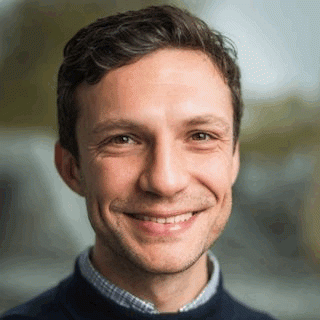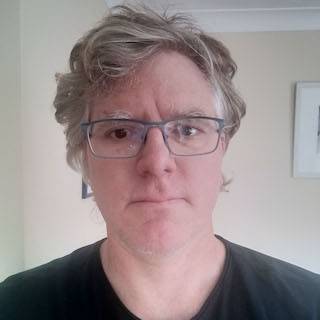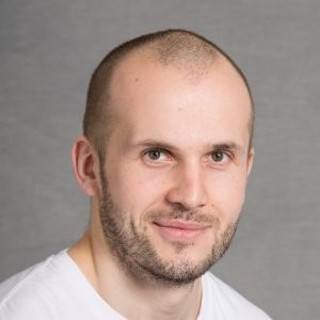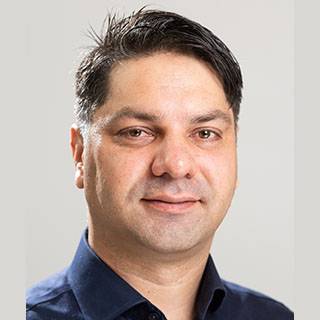The platform's focus will be on software components to facilitate tracking, image acquisition using devices such as ultrasound or video capture, calibration and real-time processing.
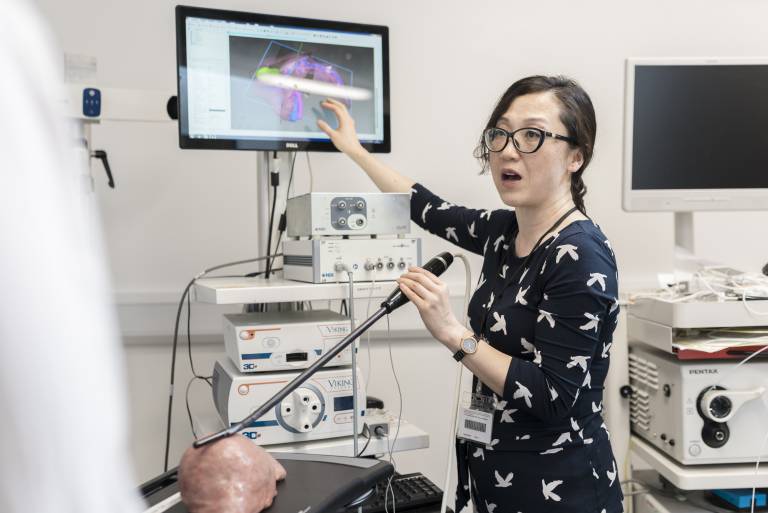
An interventional centre such as WEISS needs a surgical guidance platform. However, the way software engineers approach building these platforms needs to change. We should stop thinking of code as something large-scale and set in stone, and instead consider it like Lego - we can build the components we need and reassemble when we need to. This allows researchers to use their time more effectively. This ethos is being incorporated into the SNAPPY platform, which holds human-computer interaction as its key element.
The platform's focus will be on software components to facilitate tracking, image acquisition using devices such as ultrasound or video capture, calibration and real-time processing.
These are core components for many image guidance projects, and as such a centre such as WEISS simply must have these tools readily available for data capture, algorithm development, product development, demos and public engagement. It is important that each new member of staff does not re-invent the wheel, or waste unnecessary time re-implementing these things.
The platform will support multiple projects by providing light-weight interfaces to the devices we have in the lab. For example, if a new tracker is bought for the mock OR, a new interface will be built. The key focus will be on many, small deliverables that can be mixed and matched as appropriate, rather than one large piece of software. A secondary focus will be interoperability with existing platforms such as NifTK, Slicer, MITK, PLUS and RoS so that other researchers can utilise these tools easily as well.
This work will be developed alongside work by the core software team and benefit from continuous integration and deployment such that software is automatically compiled, tested and deployed to the mock OR on a regular basis. This will ensure the software is readily available for other researchers to use without unnecessary (days/weeks/months) of setup time.
Platform lead:
Prof Matt Clarkson
 Close
Close



